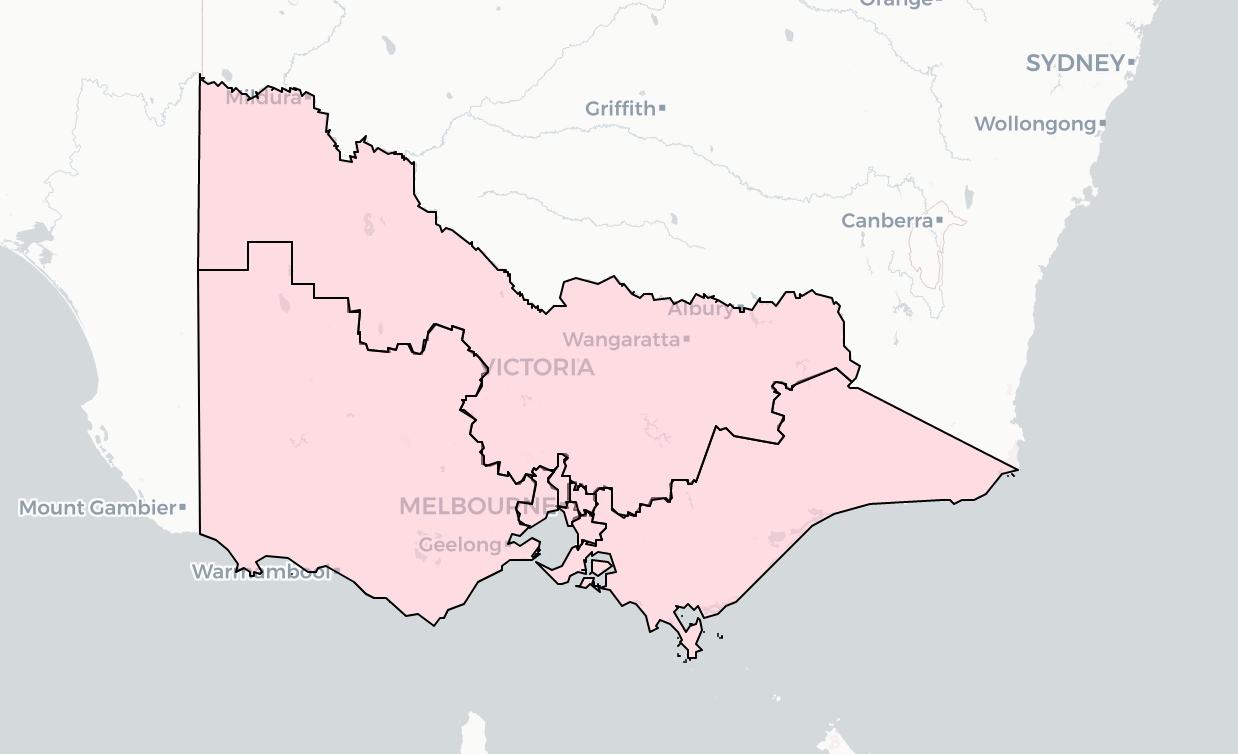There are two parties running in the Victorian state election which share parts of their name with the major parties. In recent years, as ballot papers have ballooned in size, these parties have sometimes benefited from voters confusing these parties. Indeed, if you plot out the vote for these parties and the relative positions of the party on the ballot paper, there is a clear relationship in how well they poll.
These two parties are the Democratic Labour Party and the Liberal Democrats. Famously the Liberal Democrats won a seat in the Senate in 2013 in New South Wales off a massive 9.5% primary vote. The Liberal Democrats had drawn the first spot on the ballot paper, with the Liberal/Nationals group stranded at Group Y. At the time it was very obvious in voting patterns that many of these votes were those you would have normally expected to go to the Liberals.
We have now had two state elections in Victoria with very large ballot papers since the explosion of minor parties in 2014. The DLP and LDP have both run in every region at both elections, so that is 32 cases to examine. Where was each party placed on the ballot relative to the major party with the similar name, and how did they poll?
The relationship is very clear.
In the 19 cases where they drew a position to the right of the similarly-named major party, they polled 2.6% or less, with a result of under 2% in 14 cases.
In the 13 cases where they drew to the left, there was only case where the minor party polled under 2% (a situation where they drew just slightly to the left), with the vote ranging from 1.4% to 5.5%.
When the minor party draws to the right, it doesn't appear to matter how far to the right - the result is roughly the same. But when they draw to the left, the distance matters more.
So what does this mean for this year's election? There's an added complication, which is that the ballot paper is in two rows. The first half of parties appear in the first row, with another row underneath.
This means that a group that draws Group E will actually be to the right of Group M. I feel confident in predicting that groups that draw both to the left and above another group will perform better, but I can't say who will be in a better position if one is to the right and above the other.
Here are the positions of the DLP and LDP relative to the similarly-named major party in each region.
| Region | DLP | LDP |
| Eastern Victoria | Left by 2, above | Left by 2, below |
| North-Eastern Metropolitan | Left by 2, above | Left by 2, above |
| Northern Metropolitan | Left by 4 | Right by 5 |
| Northern Victoria | Right by 1, below | Right by 1 |
| South-Eastern Metropolitan | Right by 1 | Left by 2, below |
| Southern Metropolitan | Right by 4, above | Right by 6, above |
| Western Metropolitan | Left by 7 | Left by 3, below |
| Western Victoria | Left by 1, above | Left by 10 |
The DLP has managed to achieve a good position in both Western Metropolitan and Northern Metropolitan, where they are running incumbent MLCs who had previously been elected as major party members.
The Liberal Democrats have their best position in Western Victoria. They did not draw a strong position where they have an incumbent in Northern Victoria. It's possible their incumbent in South-Eastern Metro might have a slight position ranking two positions to the left, but is also below the Liberal ticket so that may hinder him.
Overall the DLP has done better this year out of ballot draws, and it will be interesting to update this data to see how these parties perform on a double-deck ballot.




The Liberal Democrats won a Legislative Council seat in WA in 2017 in similar circumstances, polling 3.9% and then riding a preference wave in South Metropolitan, which was the only region in which they were listed to the left of the Liberal Party. They didn’t get more than 1.1% in any other region.
They actually stole a seat that would have landed with the Greens if you switched part of the Liberal Democrat vote to the Liberal Party. The Liberals and Liberal Democrats won a combined three out of six seats despite starting with barely two quotas between them. The increased primary for the Liberal Democrat candidate allowed both him and the Liberal #2 to survive long enough to collect preferences and both overtake the Greens candidate. That in turn meant that Labor and the Greens were one seat short of a combined majority in the Legislative Council.
I’m surprised the DLP can be listed on the ballot as Labour-DLP which I think leads to extra confusion (maybe especially because the ALP is listed as Australian Labor Party – Victorian branch. Some of their vols are either (whispering) democratic (shouting) LABOUR party or saying “The Real Labour Party” (which I actually think is fairer- it kind of indicates there is more than one, and the right to the name is disputed).
In Western Metro DLP have a pretty favorable preference flow with Libs having them 2nd (this will either be huge or nothing) and lots of the other minors putting them fairly high. There are also some Bernie Finn fans out there (hard as it is to believe) who might vote for him personally and are mad the Libs threw him out. Anyway I think unfortunately Western Metro has not seen the last of Bernie and we might have double the right wing conservative Christian reps with Moira Deeming in the Libs no.1 spot.
Comments are closed.